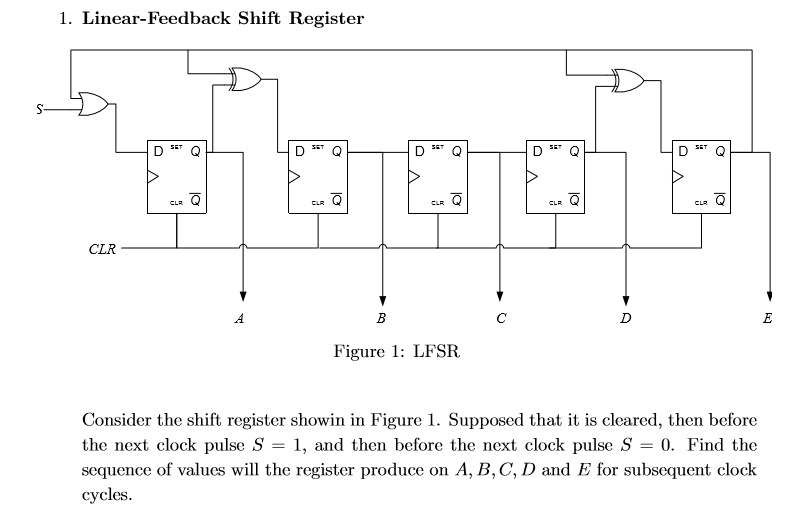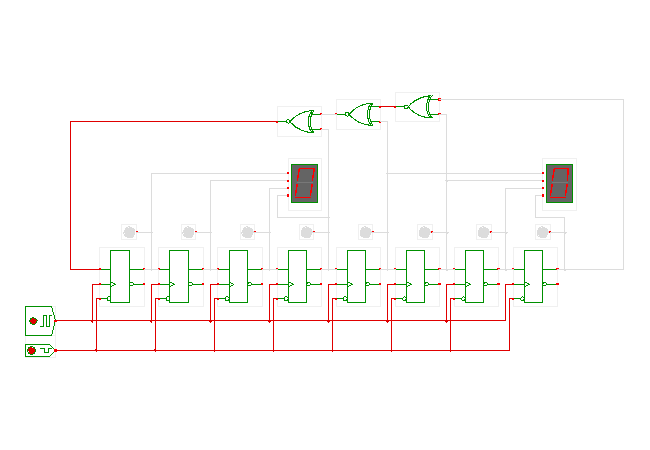



The theory behind them is relatively easy to understand, and they are easily implemented and fast, especially on computer hardware which can provide modular arithmetic by storage-bit truncation. The method represents one of the oldest and best-known pseudorandom number generator algorithms. Ī linear congruential generator ( LCG) is an algorithm that yields a sequence of pseudo-randomized numbers calculated with a discontinuous piecewise linear equation. Using a = 4 and c = 1 (bottom row) gives a cycle length of 9 with any seed in. The second row is the same generator with a seed of 3, which produces a cycle of length 2. The top row shows a generator with m = 9, a = 2, c = 0, and a seed of 1, which produces a cycle of length 6. Each row shows the state evolving until it repeats. Algorithm for generating pseudo-randomized numbers Two modulo-9 LCGs show how different parameters lead to different cycle lengths.


 0 kommentar(er)
0 kommentar(er)
